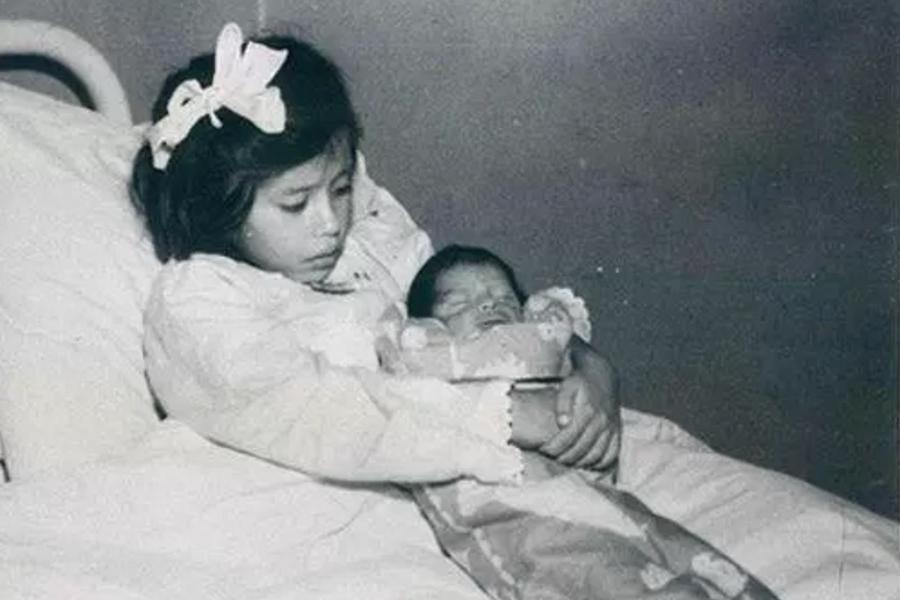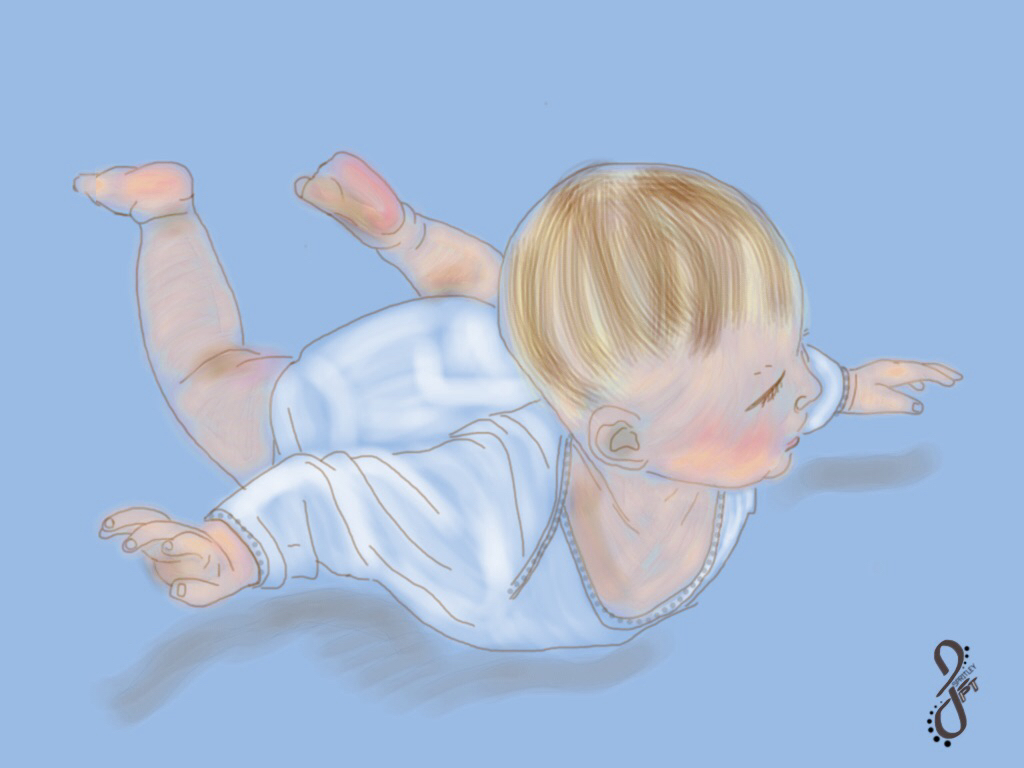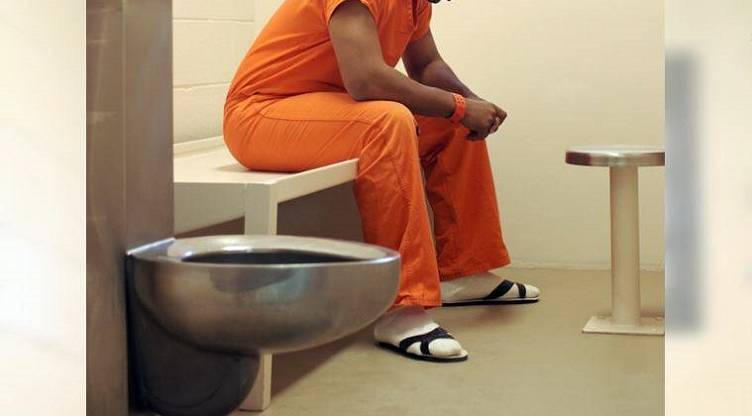At 5 years, seven months, and 21 days of age, she became the youngest girl known to have given birth.
In 1939, a healthy young girl named Lina Medina gave birth to an equally healthy baby boy. The only noteworthy detail about this event was the mother’s age: she was five years old.
In the early spring of 1939, parents in a remote village in Peru noticed that their 5-year-old daughter’s belly became enlarged. Fearful that the continual swelling was a sign of an abdominal tumor, Tiburelo Medina and Victoria Losea took their little girl from the family’s home in Ticrapo to a doctor far away in Lima.
To their shock and horror, the doctor discovered that their daughter, Lina Medina, was seven months pregnant. Just six weeks later on May 14, 1939, Medina gave birth via c-section to a healthy, six-pound baby boy. At 5 years, seven months, and 21 days of age, she became the youngest girl known to have given birth.
Her case took pediatricians of the time by surprise and gained national attention that she and her family never wanted. Medina has never revealed who the father was, and to this day she and her family still shun publicity from the outside world.
Despite the mystery that continues to surround the case of the world’s youngest confirmed mother, more insight has come to light on who the father of Lina Medina’s baby was — and just how she got pregnant.

A Case of Precocious Puberty
Born on Sept. 23, 1933 in one of the poorest villages in Peru, Lina Medina as one of nine children. And even though her pregnancy came as a disturbing shock to her loved ones (and the public), the idea that a 5-year-old child could get pregnant wasn’t entirely unthinkable to pediatric endocrinologists.
Precocious puberty is a rare genetic condition in which a child’s body reaches s£xual maturity and beings changing into that of an adult before the age of eight. Boys with this condition will often experience a deepening voice, enlarged genitals, and even facial hair. Girls with this condition will typically have their first period and develop breasts much earlier than normal.
It affects about one in every 10,000 children. Roughly 10 times more girls than boys develop this way.
In most cases, the cause of precocious puberty can’t be identified. However recent studies have found that young girls who were s£xually abused may go through puberty fast than their peers.
For that reason, there are suspicious that precocious puberty might be accelerated by s£xual contact at an early age.
Another doctor, Dr. Edmundo Escomel, reported to a medical journal that she had her first period at only eight months old. Prior to his confirmation, other publications were claiming that she had been having regular menstrual periods from the age of three.
Further examination of 5-year-old Medina showed that she also had already developed breasts, wider-than-normal hips, and advanced (that is, post-pubescent) bone growth.
To all appearances, at the time that Lina Medina got pregnant – which would have been right around her fifth birthday – her body was that of a very petite, immature woman.

Precocious puberty is a good explanation for Lina Medina’s pregnancy, but obviously, it doesn’t explain everything.
She was, after all, a child herself. So somebody had to get her pregnant. And given the 100,000-to-1 odds against it, that person probably wasn’t a precociously pubescent 5-year-old boy.
Medina never told her doctors or the authorities who the father was or the circumstances of the assault that had to occur for her to become pregnant. Due to her young age, she might not have even known herself.
Dr. Escomel even said that she “couldn’t give precise responses” when questioned about the father.
Tiburelo, Medina’s father who worked as `a local silversmith, was briefly arrested for suspected child rape. However, he was eventually released and the charges against him dropped when no evidence or witness statements could be found to hold him. Tiburelo strenuously denied ever having had s£x with his own daughter.
In an article about the case, published in the Chicago Tribune in October of 1955, author Luis Leon reported that many of the remote Indian villages of Peru held regular religious festivals throughout the year that still maintain a strong pre-Christian atmosphere. Those events frequently devolve into “orgies where rape was not uncommon.”
It is not unheard of for children to be present at, or at least not far from, these revelries. In the absence of a confession or other facts about Lina Medina’s case, including her own observed difficulty with giving clear statements, this theory provides a plausible and heartbreaking explanation.

A Private Matter
Once Lina Medina’s pregnancy became generally known, it caused garnered attention from all over the world.
Newspapers in Peru unsuccessfully offered the Medina family thousands of dollars for the rights to interview and to film their daughter. Newspapers in the United States had a similar field day reporting on the anomaly while hinting at the salacious details in every paragraph. Offers were even made to pay the family and to bring them to the United States for what amounted to a freak show, though it certainly wasn’t called that.
Medina and her family declined to speak publically.
It was perhaps inevitable, given the astounding nature of Medina’s condition and her aversion to scrutiny, that some observers would accuse her family of hoaxing the whole affair.
In the over 80 years that’s passed, this seems unlikely to be the case. Neither Medina nor her family have tried to capitalize on the story in any way, and medical records from the time provide ample documentation of her condition.
Only two photographs are known to have been taken of Medina while she was pregnant – and only one of those, a low-resolution profile picture – was ever published outside of the medical literature.

Her case file also contains numerous accounts by doctors who treated her, as well as clearly defined X-rays of her abdomen that show the bones of a developing fetus inside her body. Blood work confirmed her pregnancy in the usual way, and the papers published in the literature all passed peer-review without a hitch, suggesting that contemporary researchers couldn’t find fault with the reported facts of Medina’s case.
Even with all of the documentation to back up her story, every request for an interview has been refused by Medina and her family.
In fact, she would go on to avoid publicity for the rest of her life, regularly refusing to sit for interviews with international wire services, local newspapers, and sensational television programs alike.
Medina’s aversion to the spotlight continues to this day.
Lina Medina’s Later Life After Becoming The World’s Youngest Mother
Lina Medina seems to have gotten good medical care, especially for the time and place in which she lived, and gave birth to a healthy baby boy.
Delivery was by cesarean section because, despite Medina’s prematurely widened hips, her slim frame was still not adequate in terms of passing a full-sized child through the birth canal.
The child was named Gerardo, after the doctor who first examined Medina, and the infant went home to the family’ village of Ticrapo when he was released from the hospital.
While many reporters and doctors made attempts to examine her further, the only other expert who did was Paul Koask, a specialist in child education at Columbia University. She visited the Medina family two years after the birth and found that the young girl was “above normal intelligence” and that the baby was “perfectly normal.”
“She thinks of the child as a baby brother and so does the rest of the family,” Koask reported.
An obstetrician named Jose Sandoval, who wrote a book Medin’a case, said that she preferred to play with her dolls rather than her child.
Gerardo grew up thinking that Medina was his older sister, and only found out the truth when he was a teenager.
Interviewed for the 1955 profile on his and his mother’s life, Gerardo claimed that he wanted to be a doctor when he grew up. Despite having no known defects or other health issues, Gerardo died relatively young, at age 40, in 1979, of bone disease.
Aside from her record-breaking status as a mother, Medina went on to live an ordinary life in Peru.
In her young adulthood, she found work as a secretary for the doctor who attended the birth, which paid her way through school. At roughly the same time, Medina managed to put Gerardo through school as well.
She married a man named Raul Jurado sometime in the early 1970s, and gave birth to her second child in 1972, at the age of 39. Medina and Raul were not wealthy people, and as of 2002, the couple were still married and living in a poor neighbourhood in Lima known as Chicago Chico.
Given her lifelong attitude toward publicity and the prying eyes of curious outsiders, it may be for the best that Lina Medina’s life remains private. If still alive, she would be in her 80s today.




